Discover everything you need to know about the facts and FAQs about Machu Picchu, from fascinating secrets to questions that will come in handy, in this comprehensive guide to the iconic Incan citadel.

General Information About Machu Picchu
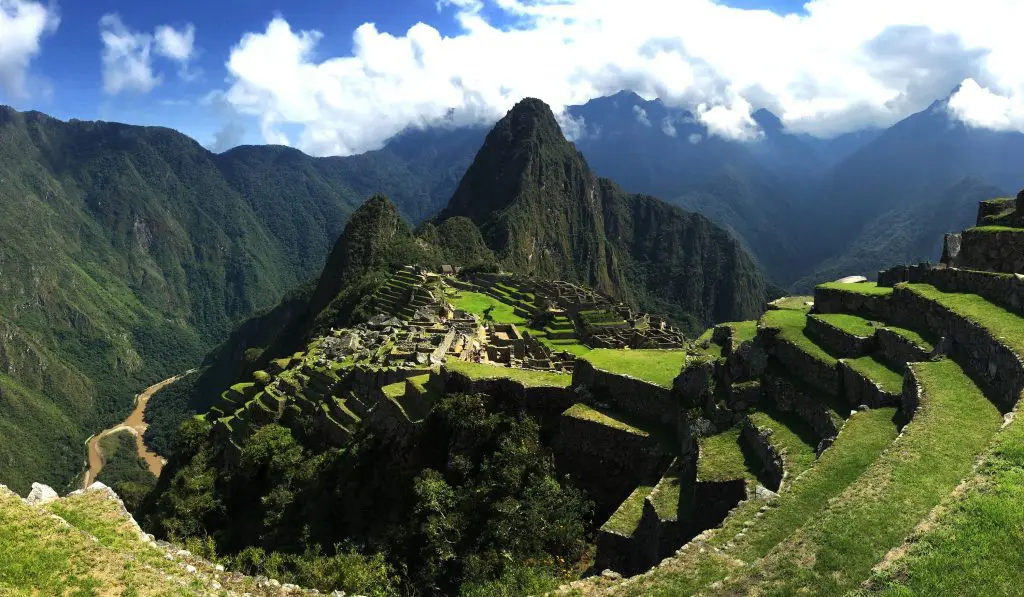
Machu Picchu translates into ‘Old Peak’ and is an impressive record of time, place and history. The citadel sits almost naturally above on the slopes and ridges of the Andes, exemplifying an incredible example of ancient architecture. Whilst Machu Picchu itself is stand out, we encourage visitors to also enjoy and support the local communities in the area. You can see these villages for yourself on one of our Peru tours. Here is a brief history of Machu Picchu to help you get a sense of its historical significance before you go!
A Brief History of Machu Picchu
1400s – Machu Picchu is built
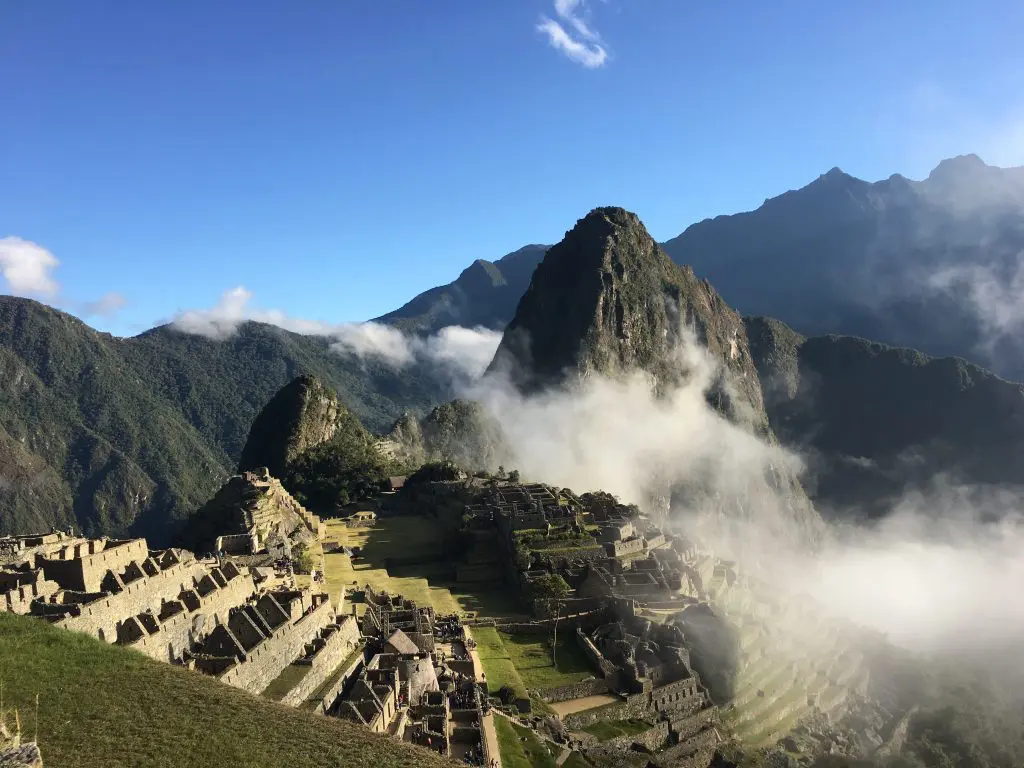
Thought to be created for Inca Emperor Pachacuti, when exactly Machu Picchu was built in this century remains a mystery. Though highly debated, researchers believe the Inca civilisation built the citadel around the mid-15th century, with more recent studies suggesting between 1420-1530.
What we do know is that the city is a result of the Inca’s ingenious engineering. Machu Picchu was made without the use of horses, wheels or any sophisticated equipment. The stones that form Machu Picchu were cut to perfectly slot next to each other. This prepares the structure when an earthquake visits the area. The stones will only tremble before falling back into place. Constructed 2,430 m above sea level, the designers would have also needed to navigate the mountain slopes in their design. When visiting yourself, the grandiosity and sublime mountain views of the site are undoubtedly a stand-out.
1532 – Spanish conquistadors arrive in Peru
The Inca were said to have fled the Spanish by hiding in the ancient and mysterious city of Vilacambera. No one knows for sure where this city is located. Explorer Hiram Bingham III theorised it was Machu Picchu and took this theory to his death, but it was disproven in 1956. There are several reasons but one argument is the fact that Machu Picchu is not a ‘lost’ city and has been known about by local villages for centuries.
1500s – For reasons unknown, Machu Picchu is abandoned
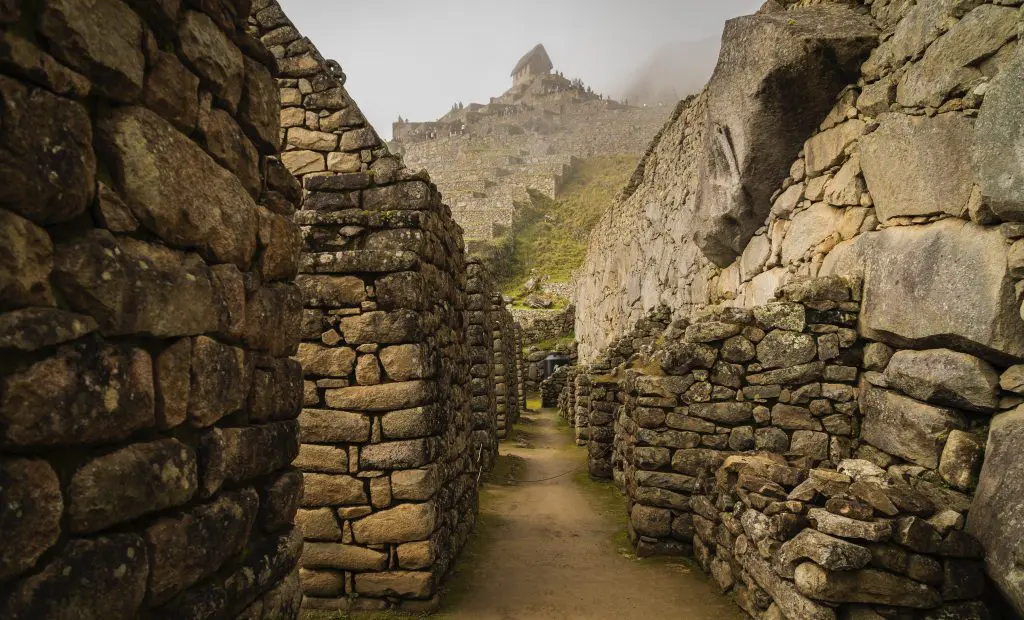
1911 – A Peruvian farmer reveals Machu Picchu to the world
Local villages have long known about Machu Picchu’s existence, but for the first time the citadel is revealed to the outside world. Yale lecturer Hiram Bingham was originally searching for the Inca Capital (remember that lost city we mentioned?) and asked around the Cusco area for information on nearby ruins. Using the guidance of local farmer Melchor Arteaga, a team of Yale University excavators were led to the site and subsequently its wider significance would become unearthed. At the mountain site, local farmers were still using the Machu Picchu terraces for agricultural purposes, mirroring the Inca from hundreds of years ago.
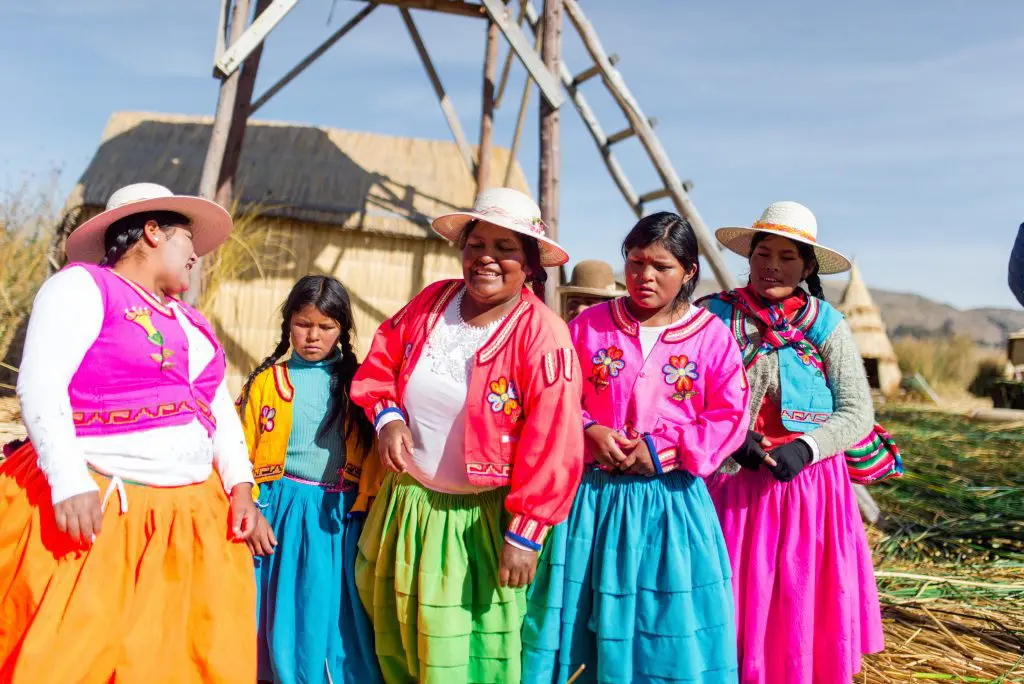
1983 – Machu Picchu becomes a World Heritage Site
This year, the World Heritage Organisation recognises Machu Picchu for the engineering and artistry pioneered by the Inca Civilisation. The structure is no doubt inventive but fascinates visitors for its combination of culture, sublime natural significance and architectural brilliance. Llamas roam the steep mountainside whilst billows of thick clouds pass behind the complex Machu Picchu structure. Machu Picchu is an exceptional combination of man-made orchestration and natural wonders of the world.
2011 – New terraces are open to the public
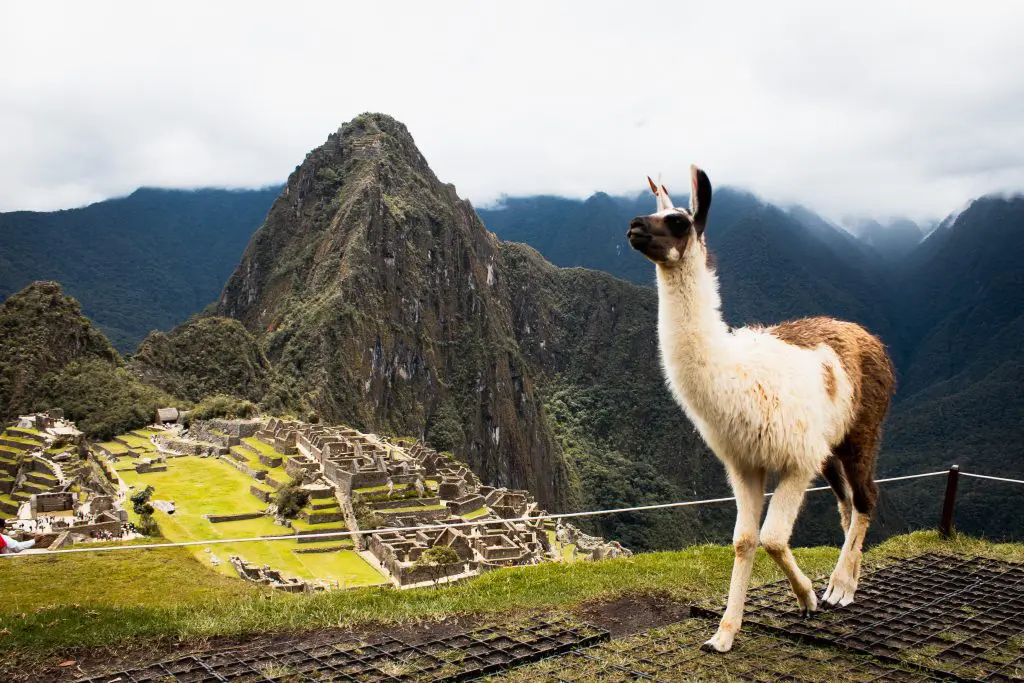
Machu Picchu still remains a mystery and new information is constantly becoming unveiled. This partially what draws the citadel so much attention. Exactly hundred years after its debut to the world, you now can discover it from different angles and perspectives.
2021 – Machu Picchu today
Though experiencing some rain damage and requires a degree of maintenance, Machu Picchu stands today as one of the greatest wonders of the world. The pathway Bingham’s took to the ruins still exists and many walk the same path. Hundreds of years forward from its original purpose, Machu Picchu is on the bucket list of millions across the world. In 2017 it was estimated that half a million people visit every year.
Interesting Facts about Machu Picchu
Machu Picchu is one of the most fascinating archaeological sites in the world, nestled high in the Andes Mountains of Peru. Here are some interesting facts about this ancient Incan citadel:
- Inca Civilization: Machu Picchu was built by the Inca civilization around the mid-15th century but was abandoned just over 100 years later during the Spanish Conquest.
- Lost City: Although locals were aware of its existence, Machu Picchu remained largely unknown to the outside world until American historian Hiram Bingham rediscovered it in 1911.
- Location: It is located at an elevation of approximately 2,430 meters (7,970 feet) above sea level in the Andes Mountains, overlooking the Urubamba River valley.
- Architecture: Machu Picchu showcases remarkable Incan architecture, featuring finely crafted stone structures fitted together without mortar. The precision of the stonework is a testament to the engineering prowess of the Inca civilization.
- Purpose: While the exact purpose of Machu Picchu remains a subject of debate among archaeologists, it is believed to have served as a royal estate or religious site for Incan rulers.
- Terraces: The site is dotted with agricultural terraces, which were likely used for farming and experimentation with different crops due to the varying microclimates within the complex.
- Intihuatana Stone: One of the most famous features of Machu Picchu is the Intihuatana stone, which is believed to have been used as an astronomical observatory or calendar by the Incas.
- Mysteries: Despite extensive research, many aspects of Machu Picchu remain shrouded in mystery, including its exact purpose, the reason for its abandonment, and how its massive stones were transported and precisely fitted together.
- UNESCO World Heritage Site: Machu Picchu was designated a UNESCO World Heritage Site in 1983 in recognition of its cultural and historical significance.
- Tourism: Machu Picchu attracts millions of visitors from around the world each year, making it one of the most popular tourist destinations in South America.
- Conservation Challenges: The site faces challenges related to conservation due to the impact of tourism, erosion, and environmental factors. Efforts are ongoing to preserve and protect this cultural treasure for future generations.
- Accessibility: Visitors can reach Machu Picchu by hiking the famous Inca Trail, taking a train from nearby towns such as Cusco or Ollantaytambo, or by bus and then hiking up from the town of Aguas Calientes.
These facts only scratch the surface of the rich history and significance of Machu Picchu, making it a truly awe-inspiring destination for travelers and historians alike.
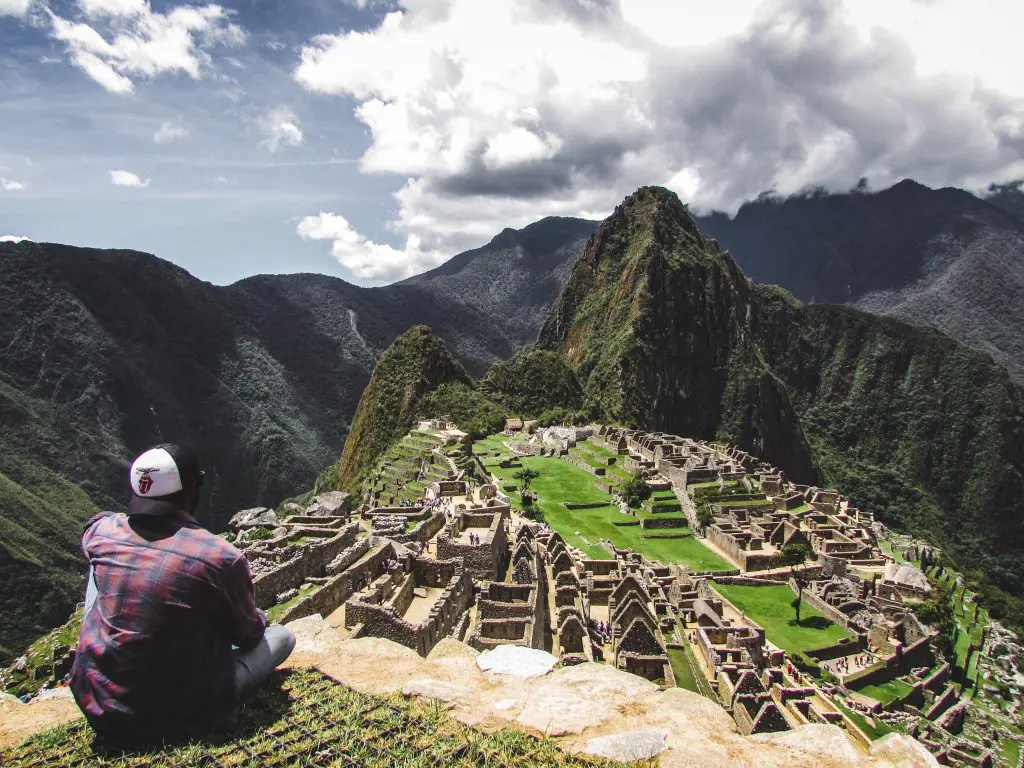
FAQs About Machu Picchu
Machu Picchu, the ancient Incan citadel nestled high in the Andes Mountains of Peru, remains shrouded in mystery despite extensive research and exploration. While various theories propose its purpose as a royal estate, religious site, or astronomical observatory, the exact function of Machu Picchu remains uncertain.
Machu Picchu’s allure lies in its combination of breathtaking natural beauty, remarkable architecture, and enigmatic history. Perched high in the Andes Mountains, the ancient Incan citadel boasts intricately crafted stone structures that showcase the engineering prowess of the Inca civilization. Its remote location, surrounded by lush greenery and towering peaks, adds to its mystique.
One of the biggest threats to Machu Picchu is the impact of tourism. The site attracts millions of visitors each year, and the resulting foot traffic, as well as associated activities like infrastructure development, can lead to erosion, degradation of structures, and environmental damage. Managing the flow of tourists while balancing conservation efforts is a significant challenge.
The best time to visit Machu Picchu is during the dry season, which typically runs from May to October. During this period, the weather is generally clear and sunny, with minimal rainfall, making it ideal for exploring the site and hiking the surrounding trails, including the famous Inca Trail. Additionally, the dry season coincides with the peak tourist season, so visitors can expect more crowds and higher prices for accommodations and tours.
To reach Machu Picchu from Lima, travelers typically begin by flying to Cusco, a journey of around 1 hour and 20 minutes. From Cusco, they then take a taxi or bus to Ollantaytambo, a town serving as a transportation hub for Machu Picchu visitors, which takes about 1.5 to 2 hours by road. In Ollantaytambo, they board a train operated by PeruRail or Inca Rail to Aguas Calientes, the town at the base of Machu Picchu, with the train journey offering scenic views and lasting around 1.5 to 2 hours.
The Inca Trail is a famous trekking route in Peru that leads to the ancient Incan citadel of Machu Picchu. This historic trail stretches for approximately 26 miles (42 kilometers) and typically takes around 4 days to complete. The trail traverses a variety of stunning landscapes, including Andean mountains, cloud forests, and Incan ruins, offering hikers breathtaking views and an immersive experience of the region’s natural beauty and cultural heritage.
No, camping within the archaeological site of Machu Picchu itself is not permitted. The Peruvian government strictly regulates access to Machu Picchu, and camping is only allowed at designated campsites along the Inca Trail or in the vicinity of Aguas Calientes, the town located at the base of Machu Picchu.
Huayna Picchu and Machu Picchu Mountains are two prominent peaks adjacent to the Machu Picchu archaeological site in Peru. Huayna Picchu, also known as Wayna Picchu, rises steeply behind the main ruins of Machu Picchu, offering breathtaking panoramic views of the complex and surrounding mountains.
On the other side of Machu Picchu, Machu Picchu Mountain provides another vantage point with a longer but less steep hike to its summit, also requiring a separate permit.
Experience this ancient wonder of the world yourself on one of our Peru tours. Discover the facts and FAQs about Machu Picchu and learn more through our expert guides.
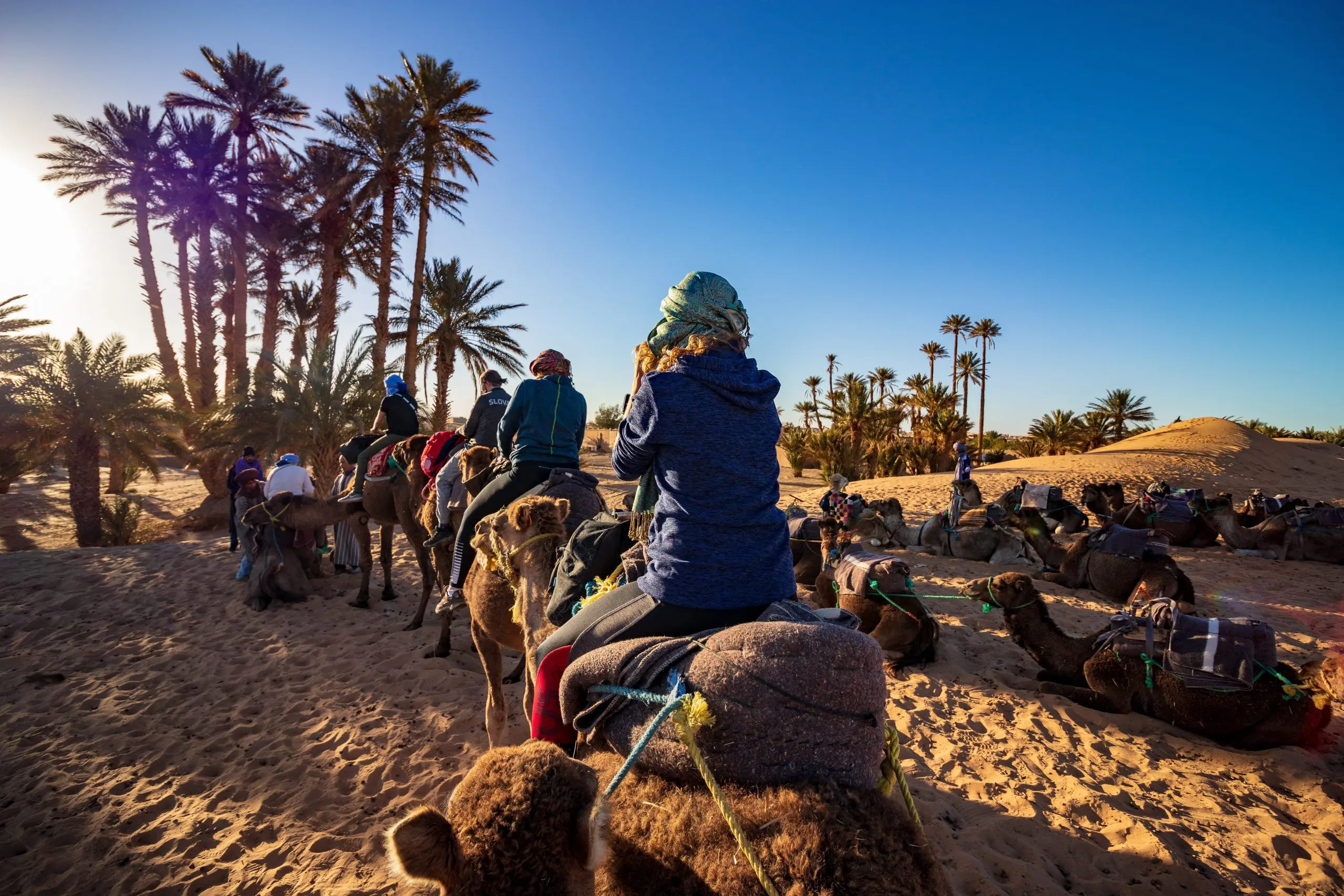 January Sale; 2 For 1
January Sale; 2 For 1  Croatia Sailing : 2 For 1
Croatia Sailing : 2 For 1 Asia Tours : 2 For 1
Asia Tours : 2 For 1 Central & Eastern Europe Tours: 2 For 1
Central & Eastern Europe Tours: 2 For 1  Why Travel Talk
Why Travel Talk Travel Talk Blog
Travel Talk Blog Responsible Travel
Responsible Travel Fair Travels with Travel Talk
Fair Travels with Travel Talk